Bell pepper varieties for Oklahoma
AmyinOwasso/zone 6b
9 years ago
Related Stories
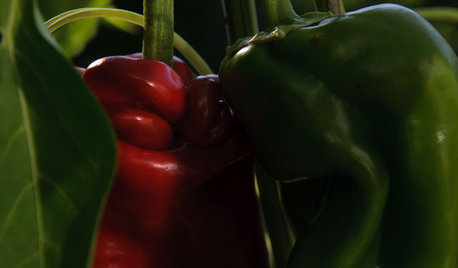
GARDENING GUIDESSummer Crops: How to Grow Peppers
Some like 'em hot; others like them sweet. With the incredible range of peppers available for home gardens, you can have your pick
Full Story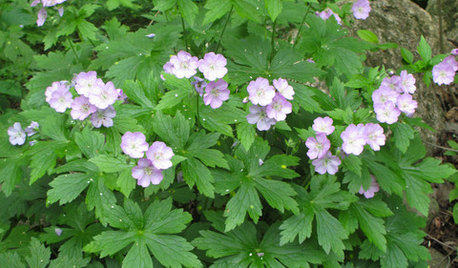
NATIVE PLANTS10 Essential Native Perennials for the Great Lakes and Upper Midwest
These adaptable native plants thrive in a variety of conditions and will provide flowers throughout the season
Full Story
SUMMER GARDENINGHow to Grow Basil
Bright color, quick growth and endless uses for cooking make this summer annual a winner in the garden or a pot
Full Story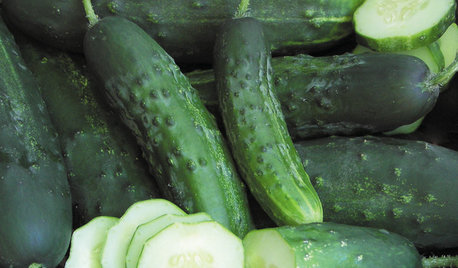
SUMMER FRUITS AND VEGETABLESSummer Crops: How to Grow Cucumbers
Pick a peck for pickles or opt for fewer and raw — no matter how you slice them, cucumbers are great for summer gardens small to large
Full Story
GARDENING AND LANDSCAPINGWorld of Design: 10 Home Gardeners Show Us Their Sweet Summer Harvests
From New York to Tokyo, these gardeners have turned their yards, terraces and rooftops into places of bounty
Full Story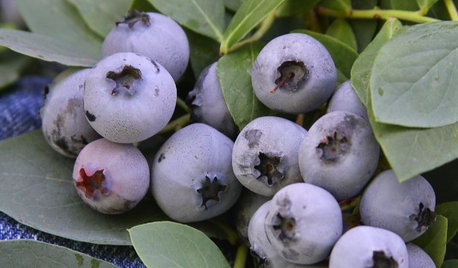
GARDENING GUIDES15 Favorites for Your Summer Edible Garden
Get your summer garden off to a good start with these popular fruits and vegetables
Full Story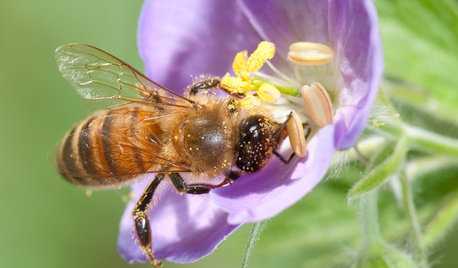
GARDENING GUIDESGreat Design Plant: Wild Geranium Puts on a Color Show
Oodles of bright blossoms and an easygoing nature make this woodland plant a welcome addition to a shady garden
Full Story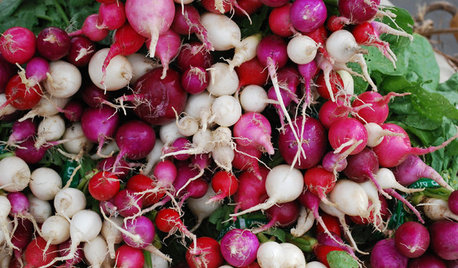
COOL-SEASON CROPSCool-Season Vegetables: How to Grow Radishes
Fast growing and bright, these easy-care veggies are great for kids and bring plentiful color to a fall or spring garden
Full Story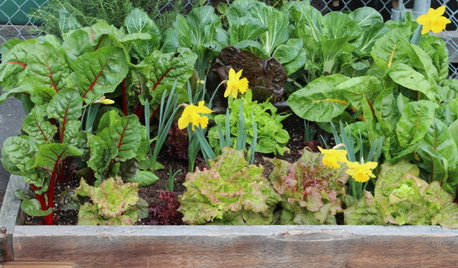
FARM YOUR YARDGrow a Kitchen Garden in 16 Square Feet
Got a sunny 4-by-4 space? You can make meals more interesting with your own vegetables and herbs
Full Story
GARDENING GUIDES10 Easy Edibles for First-Time Gardeners
Focus on these beginner-friendly vegetables, herbs, beans and salad greens to start a home farm with little fuss
Full StoryMore Discussions







Macmex
AmyinOwasso/zone 6bOriginal Author
Related Professionals
Marco Island Landscape Architects & Landscape Designers · Prairie Ridge Landscape Architects & Landscape Designers · Elgin Landscape Contractors · Gaithersburg Landscape Contractors · Longmont Landscape Contractors · Richmond Landscape Contractors · Roswell Landscape Contractors · Siloam Springs Landscape Contractors · Wayland Landscape Contractors · Alexandria Decks, Patios & Outdoor Enclosures · Arbutus Decks, Patios & Outdoor Enclosures · Athens Decks, Patios & Outdoor Enclosures · Braintree Decks, Patios & Outdoor Enclosures · High Point Decks, Patios & Outdoor Enclosures · St. Louis Decks, Patios & Outdoor EnclosuresMacmex
Okiedawn OK Zone 7